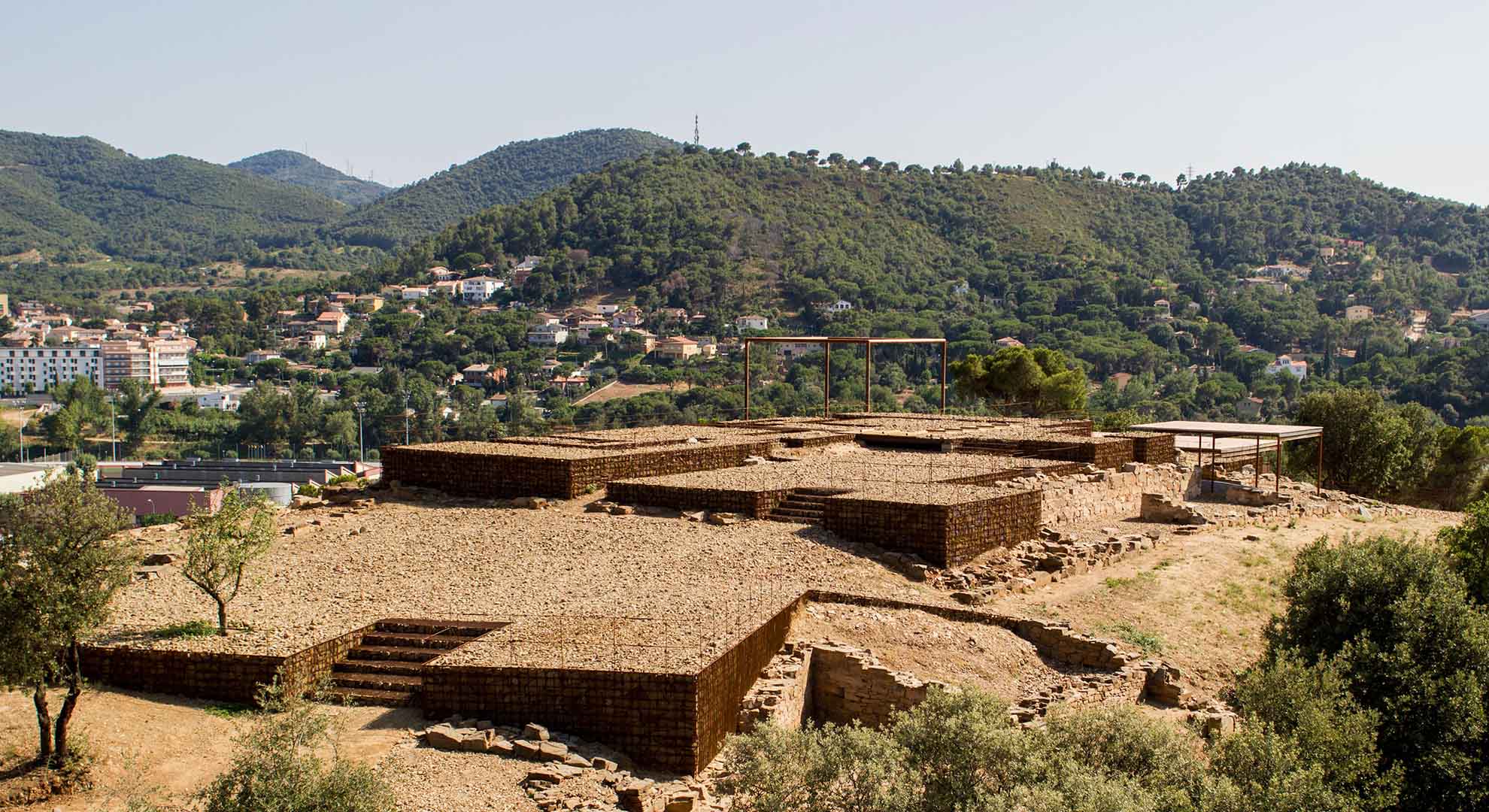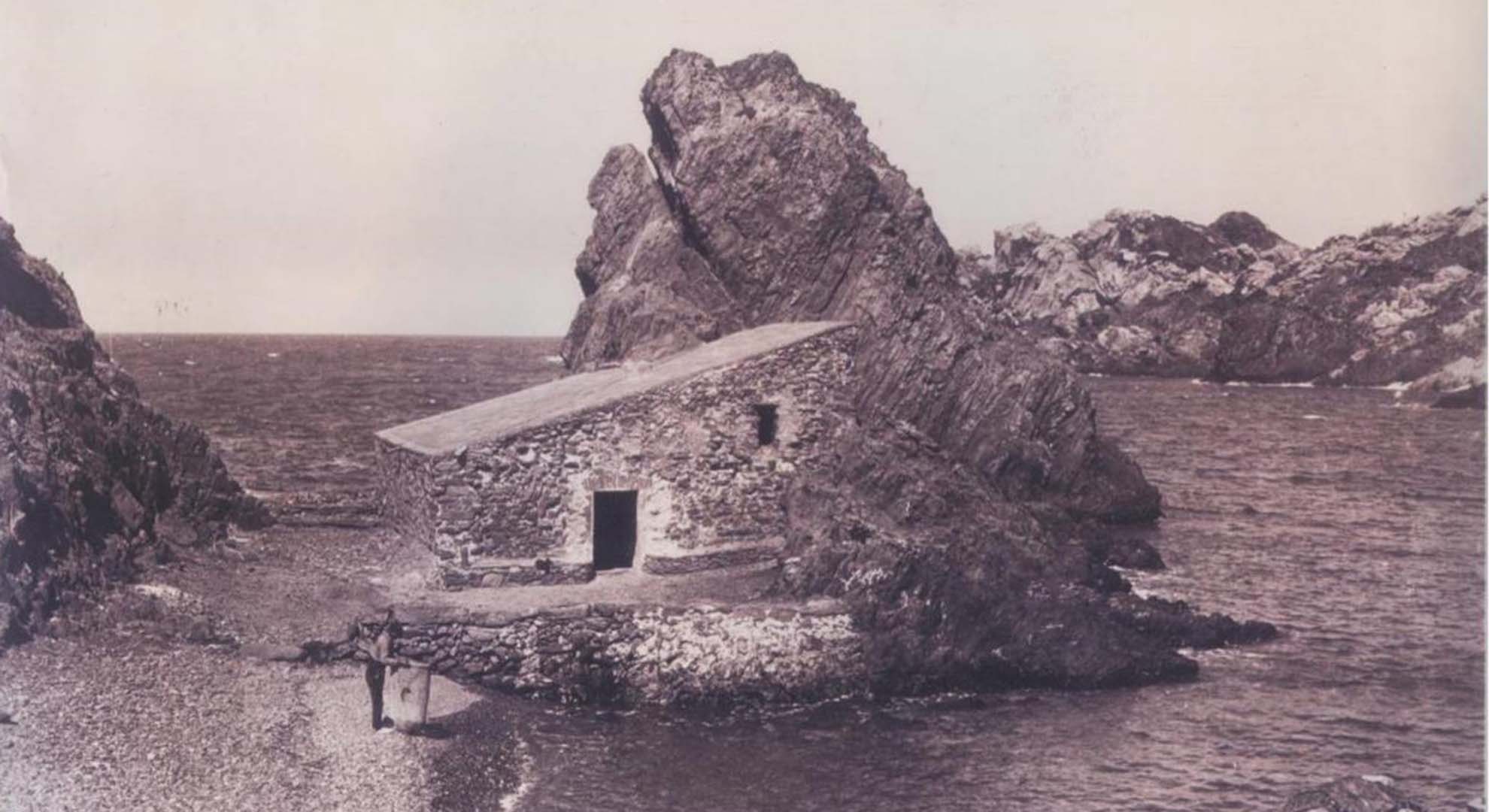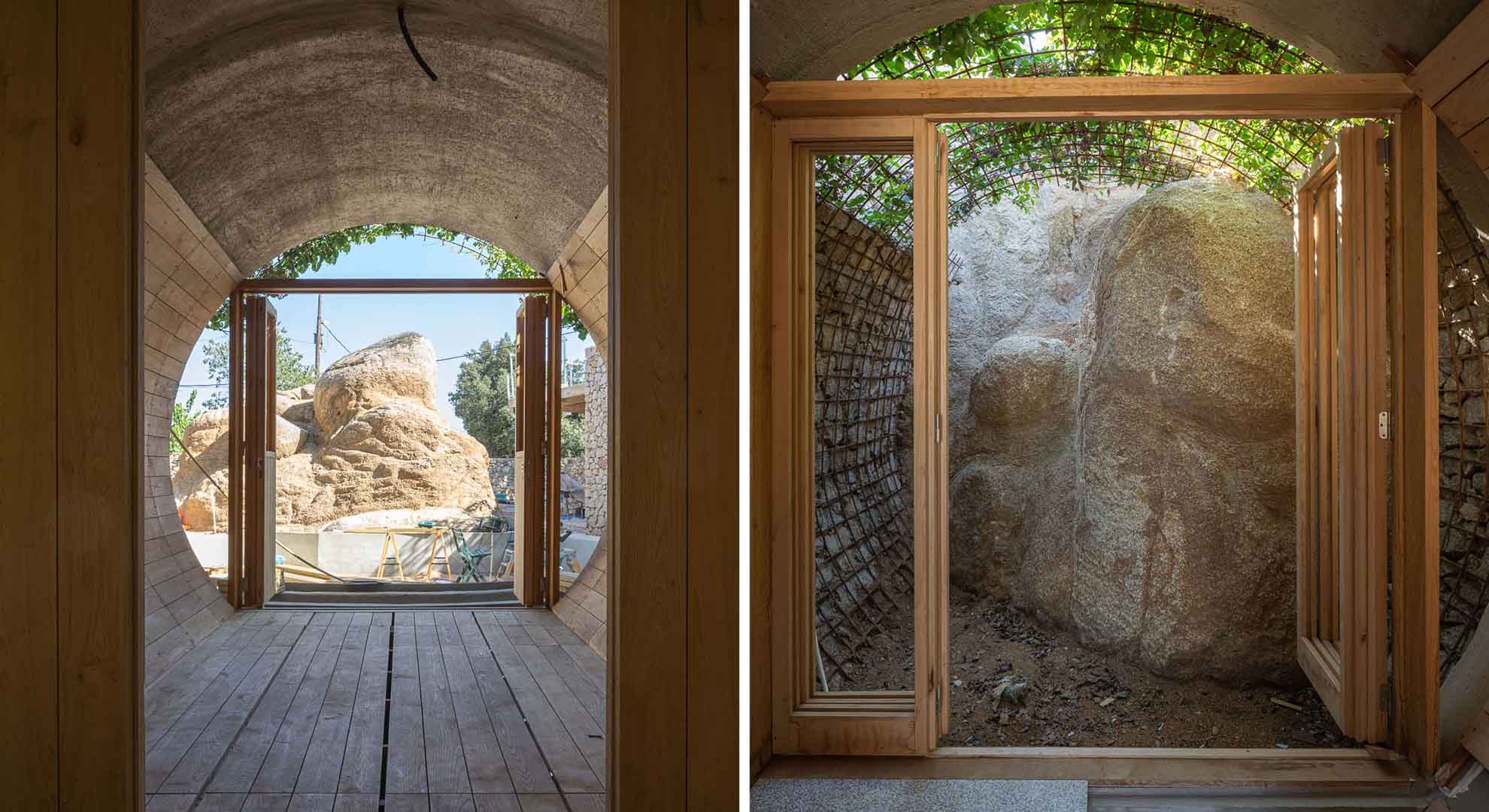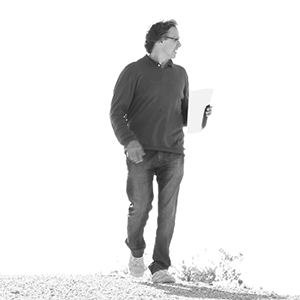Inhabiting the Future
A look at the meaning of architecture
Today we need to relate comprehensively and coherently with the environment we are inhabiting. Living in a community with others will allow us to empathize and build spaces for reflection and positive collective action.
As architects we deal with the true meaning of the verb “to inhabit” and in this small oasis in the universe, the various human habitats respond to specific conditions. What are they like? How are they evolving? What are the intrinsic qualities of each place? Which ones have been modified by our actions, and what are the consequences?
Unfortunately, many nuances of what it means “to inhabit" have been forgotten by a large part of the architecture world. Our discipline has been shifting its gaze; it’s no longer linked to everyday life or to our basic needs as human beings. Rather we are offering specific products to many consumers.
This shift of the focus of our profession is perpetuated by undervaluing the different preexisting elements and, consequently, by neglecting the environment in which we live and our relationship with it.
Through different projects, I’ve proposed a way of inhabiting that deals with complexity and simultaneously values the traces and characteristics of the preexisting territory/place.

Adaptation of the Roman site of Can Tacó, 2nd century B.C., Montmeló, Montornès del Vallès, Spain, 2011, Estudio de arquitectura Toni Gironès. Photo © Aitor Estévez
In this sense, interacting with different archaeological sites has allowed me to understand that we inhabit a topography in time, that the concept of a "new ground plan" does not exist, and that everything is a restoration—re-enabling/inhabiting—of the conditions of the site.
A clear conceptual boundary that allows us to recognize every place as a heritage that has reached us by decantation over time ..., a movement of earth that takes on a new role by containing water ..., existing trees meant to provide shelter ..., fragments of brick and brick dust that soften the sounds when walking towards and stopping on millenary stones ..., new maps emerge, from ancient topographies modified by—and with—time...
Looking at the conditions provided by the natural elements, we ask ourselves: What are the nuances determining the limits between building and inhabiting, between what we call architecture and its true meaning? A deciduous tree that casts its shade in summer and allows the sun to warm us in winter ..., the thermal inertia of the earth that by partially covering us will enable us to reach comfort thresholds between 18 and 25º C ..., the logic of the dynamics of water and its topographical variations ..., the thermal alternations of air currents, that treated with one or other materials can produce opposing results in the design of our comfort ...
I can be objective when I observe that recent history presents many contradictions that bring us to this moment with a now urgent reflection: How can we coevolve with the environment and the different natural elements while optimizing resources to the maximum?

Fishermen's hut in Cap de Creus, Spain, 1940s. Photo: unknown author
The balance between maintenance and incorporation is in agreement and aligned, in each case, with the goal of optimizing the force of the place we inhabit. The conditions of a site are understood as those characteristics linked to inhabiting that are provided to us based on our needs. They will be activated by the project's action, understanding that architecture's task is to become an element of mediation that verbalizes and provides adjectival value.
Consequently, a progressive and responsible action should harmonize the different life cycles of human habitation in coevolution with the rest of living beings.
All this in a world in which cities and human occupation of the territory have grown without responding to the conditions of the land where they have been established, and for which today we suffer devastating consequences wrongly called "natural disasters."
However, we recognize that the most efficient constructions have been those that, based on necessity, have been built following coherent environmental transformation processes and with local materials—just as all other animal species do—and have not been the product of theoretical speculation or any previous project strategy.

Habitable garden, Capmany, Spain, work in progress, Estudio de arquitectura Toni Gironès. Photos © Aitor Estévez
Recovering this apparently primitive notion can generate new spaces that encourage tranquility, contemplation, and introspection, proposing a reencounter between human beings and the natural environment in empathic confluence. Since we are part of nature, through this empathy we can understand the place, learn from its conditions, and dialogue to build a future.
Inhabiting the future will only be possible if we learn to live together in harmony with the present, discovering the value of our past. A place is perceived and experienced as pleasant through the simplicity of small actions: Extending a horizontal plane to create a terrace, an unearthed rock that welcomes and supports us, a summer sunset in the shade of a mulberry tree, or a small window that converses vehemently with the tramontana wind.
We only need to get rid of the noise to see the horizon again with all our senses.
Main image: Sketch © Toni Gironès. Image courtesy of Estudio de arquitectura Toni Gironès
